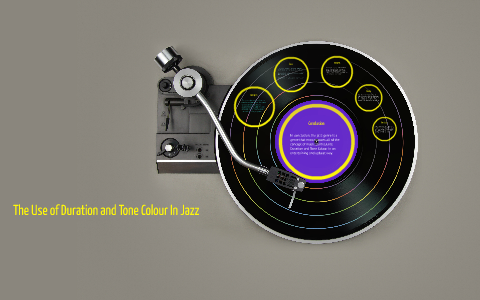Tones And Textures In Jazz

Through an acoustic amp a more velveteen smooth jazz texture emerges.
Tones and textures in jazz. Jazz is a music genre characterised by its use of improvisation syncopation. This texture contains two distinct lines the lower sustaining a constant pitch or tone often described as a droning sound with the other line creating a more elaborate melody above it. Unlike classical players who usually strive for a clear pure tone jazz players strive for a tone that is generally more vocal in nature i e jazz musicians will bend pitches growl whine play raunchy dark light airy raspy bluesy throaty nasally anything the human voice can do to express emotion and then some. When it s shown the front end of a crunchy valve amp watch the feedback the thickness is impressive and ideal for more.
Acoustically it s a little light and bright but plugged in the super 58 humbuckers along with flatwound strings produce a bright edged ultra modern jazz voice until you back off the tones. The texture is different for different songs. In music texture is how the tempo melodic and harmonic materials are combined in a composition thus determining the overall quality of the sound in a piece texture is often described in regard to the density or thickness and range or width between lowest and highest pitches in relative terms as well as more specifically distinguished according to the number of voices or parts and. Homophonic means that there is a clear melody and accompaniment or just block chords.
Truefire cash all access discounts can be applied for additional savings. Blues is a very general term. Jazz appoggiatura a leaping tone an interval larger than a 3rd which then moves a major or minor 2nd in the opposite direction. What is a type of non imitative polyphony.
By pushing down on the valves it creates a longer journey for the air resulting in a deeper sound. So texture refers to a way to describe the how the instruments are playing. Note that a jazz appoggiatura is a melodic embellishment that does not take into consideration the harmonic or rhythmic implications of the traditional appoggiatura. Add 1 course save an extra 10.
Add 4 or more courses save an extra 40. Terms in this set 15 if there are two different parts in the foreground and a harmonic accompaniment in the background then the texture is. In classical music this texture is a hallmark of bach s pedal tones. Add 3 courses save an extra 30.
In the case of blues i would probably suggest that you listen to different examples. There are considerable differences between early jazz blues swing blues bebop blues modal blues and post bop blues. Add 2 courses save an extra 20.

















